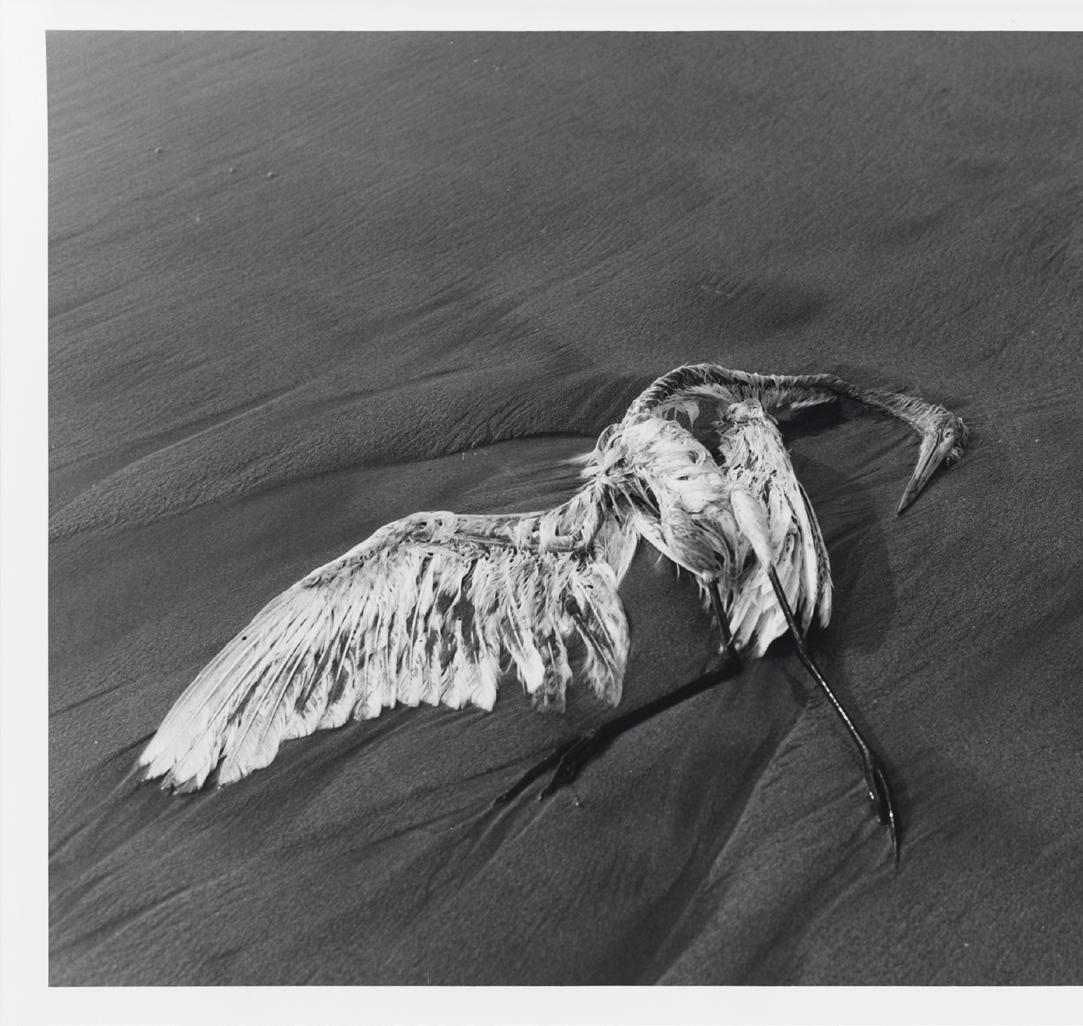
1 minute read
Will Wilson — Shiprock Disposal Cell, Shiprock, New Mexico, Navajo Nation, from the series Connecting the Dots for a Just Transition Lola Álvarez Bravo — Homenaje (Homenaje a Salvador Toscano)
Will Wilson (Diné/Bilagaana, born 1969)
Shiprock Disposal Cell, Shiprock, New Mexico, Navajo Nation, from the series Connecting the Dots for a Just Transition
2020 Inkjet print 18 x 24 in Mary and Leigh Block Museum of Art, Northwestern University, purchase funds provided by the Andra S. and Irwin Press Collections Fund, 2021.8.2
Rays of light stream across a seemingly endless landscape, its natural topography interrupted by industrial interventions. At center is a pentagonal structure that covers an area of approximately 77 acres—a uranium disposal cell encapsulating radioactive materials. The site is one of the over 500 abandoned uranium mines located on Navajo Nation that artist Will Wilson plans to document in his series Connecting the Dots for a Just Transition. While aerial photography is often used as means to surveil or to identify resources that can be exploited, here Wilson uses the strategy to bear witness to violence against a community.
According to the Environmental Protection Agency, between 1944 and 1986 nearly 30 million tons of uranium ore were extracted from Navajo Nation. Uranium was an essential resource during the nuclear arms race of the Cold War and is now largely used to produce energy in nuclear reactors that source about 20 percent of electricity in the United States. As mentioned in The Story of More, nuclear power has decreased in popularity after high-profile disasters such as Three Mile Island (1979) and Chernobyl (1986), and an increased awareness of the mismanagement of toxic waste generated by the process. In addition to destroying ancestral lands, Indigenous communities were exposed to toxic materials, and water sources were poisoned with elevated levels of radiation.










